The coronavirus pandemic has led to a surge in the demand for telehealth services. Teladoc, a private telehealth company, was averaging 15,000 patients per day in the U.S. in March, which represented a 50-percent increase from February. Another private company, Amwell, experienced a 350-percent increase in call volume from this time last year.
Healthcare providers who haven’t previously used telemedicine are now dialing up their own efforts, particularly since they need to limit exposure to COVID-19. But as they navigate this new way of practicing medicine, they may be also trying to understand how to accept payment for their new virtual services.
Just so you know
You’ve got your medical toolkit ready to help those in need — but what about your telemedicine toolkit? With Jotform’s HIPAA-friendly telehealth platform, you can easily create online medical forms that keep sensitive health data safe.
Increased coverage for telemedicine under the CARES Act
The good news is, many private insurance plans, as well as Medicaid and Medicare, cover telemedicine services to some extent.
The Coronavirus Aid, Relief, and Economic Security (CARES) Act, which was signed into law on March 27, 2020, expanded access to telehealth, including allowing more federally qualified health centers, rural clinics, and hospices to use this technology. Medicare will now cover 85 more telehealth services.
Even before the CARES Act passed, insurers were expanding their own coverage of telemedicine visits in response to the coronavirus pandemic. When the Health Insurance Portability and Accountability Act (HIPAA) was relaxed in mid-March, insurers like Aetna even went a step further and removed copays for telemedicine visits for 90 days.
Currently, there are 35 states with parity laws that require insurance companies to reimburse healthcare providers for telemedicine services as if they’re in-office visits. Additionally, South Dakota, Alaska, Pennsylvania, and Massachusetts are considering parity laws. When you’re billing an insurance provider, make sure to use the correct codes for telemedicine so they will reimburse you for their portion of the fees.
However, even with parity laws, some insurance companies will require copays from patients. And some patients use telemedicine services on a private pay basis. Both require healthcare providers to collect payments, but organizations new to telemedicine may struggle with the best and safest way to do this.
Payments by phone pose difficulties
Some providers may want to take payments over the phone. The problem with this method is that different credit card companies have different — and often strict — rules for “card not present” transactions like this. For example, American Express requires that you create a charge record and verify the cardholder’s name and billing address.
Another problem with accepting payments by phone is that you need to input the credit card information directly into your payments system. You can’t write down the credit card number, expiration date, and security code on the same sheet of paper unless you destroy it immediately, or you run the risk of not complying with the Payment Card Industry Data Security Standard (PCI DSS).
In addition, the person taking down the credit card information may mishear it or key it in incorrectly, which will prevent you from collecting payment.
Using integrated features in telemedicine software
Some telemedicine software providers, like Doxy.me, allow you to collect payments directly from patients during their appointments or in the virtual waiting room (if you choose a premium plan). Just select the menu option to request payment. A window will pop up where the patient can fill in their credit card information and accept the charges.
However, if you’re using a different telemedicine software provider, you might need to sign up with a payment provider that your provider specifies, and you might not want to spend valuable face time with the patient waiting for them to input their credit card number.
That said, using the integrated features in telemedicine software is still a viable option if you’ve chosen a premium plan that includes it. The payment portal is typically PCI DSS compliant, and all you have to do in most cases is request the payment during the virtual visit.
Getting patients to pay directly
In some cases, it may be easier to accept payment through a form. You can do this in Jotform by embedding a payment gateway directly into a form. Jotform can provide payment processing through a lot of different providers, including PayPal, Stripe, and Square. Jotform is fully PCI DSS compliant to keep your patients’ data safe.
The biggest advantage of using a form to collect payment is that you can send it to the patient to fill out before their appointment. Jotform has many payment form templates you can choose from and customize to fit your needs.
Patients simply enter their personal information, including their payment information, into the form, and the payment is processed for you. This allows you to focus on the patient’s concerns during the telemedicine visit, instead of payments.
Just so you know
If your organization is fighting against COVID-19, you can apply for a free, unlimited, HIPAA-friendly Jotform account with our Coronavirus Responder Program.
If you’re looking for a more efficient, secure way to accept payment for telemedicine visits, it’s worth it to investigate your options, particularly if you serve a lot of private pay patients. As the demand for telehealth services continues to rise, having a process in place to bill patients for copays and services will make it easier to scale up or continue to provide these services, even after the coronavirus pandemic ends.









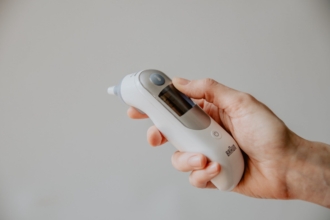










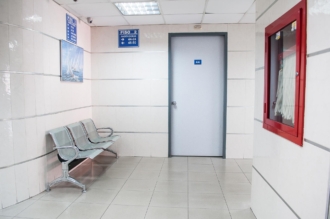
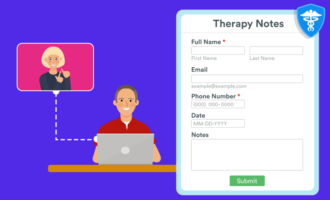

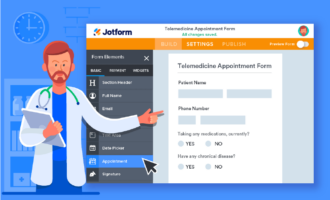










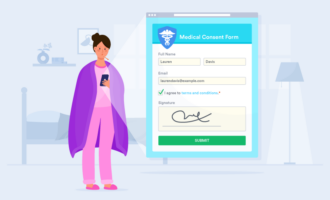










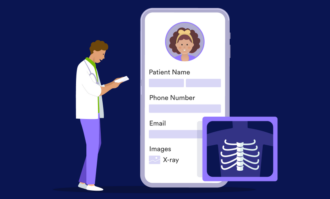




Send Comment:
1 Comments:
84 days ago
Stripe terms have a whole section about how they will not work with telehealth companies. How does this article quote stripe as a viable option? PayPal and some other processors have similar stipulations as well.